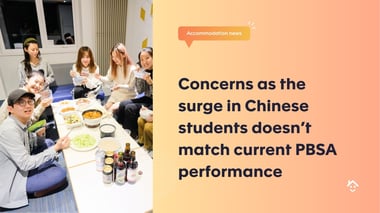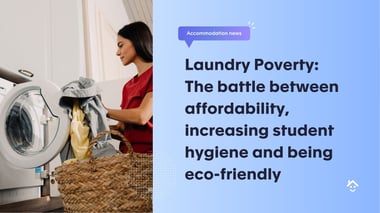UK universities are reporting an increasing disparity between accepted offers and actual student enrolments.
Some institutions are facing gaps of over 10% between those who secured places and those who ultimately show up to begin their studies.
This phenomenon, dubbed the ‘enrolment gap’, is causing particular concern in professional degree programmes such as healthcare and teaching, where recruitment numbers are often capped due to funding constraints and partnerships with external organisations.
James Seymour, director of marketing and student recruitment at the University of Northampton, explained:
“If you only get 55 trainee nurses when you were expecting a cohort of 60, that is a financial issue, but also one for the [NHS] trust you are working with which is not getting 60 nurses trained,” he explained.
The root causes of this growing enrolment gap are varied.
The rising cost of living crisis is cited as a significant factor, with many prospective students reconsidering their options in light of financial pressures.
Additionally, the often-complicated administrative processes associated with professional degrees are proving to be a deterrent for some accepted applicants.
David Phoenix, vice-chancellor of London South Bank University (LSBU), reported a 12% shortfall in nursing degree enrolments between 2022 and 2023.
He attributes this decline largely to the high proportion of LSBU students from lower-income backgrounds, a demographic “disproportionately impacted by concerns about cost of living”.
In response to these challenges, universities are launching new initiatives targeting the crucial period between A-level results day and the start of term.
These efforts aim to bridge the gap between acceptance and enrolment, recognising that this final hurdle is becoming increasingly significant in the student recruitment process.
“UCAS acceptance moving through to actual enrolment is a really important process,” Seymour noted.
“That is something that universities are increasingly investing time in and focusing on understanding what the pinch points might be – whether it’s a student’s level of confidence, their anxieties, the cost of living or the professional regulatory safeguarding that has to happen when a student accepts a place on a course like nursing or teaching.”
Universities are adopting a range of strategies to address the enrolment gap.
LSBU, for instance, has developed packages to inform and reassure prospective students, including academic preparation programmes and opportunities to apply for part-time jobs even before courses begin.
Northampton’s Seymour advocates for a more personalised approach, suggesting webinars, face-to-face familiarisation events, and direct outreach from academic course leaders to accepted students.
“It is about understanding it on an annual basis and making the process more personal,” he said.
“By understanding this even more, collectively as a sector and as individual universities, we can improve the transition.”
The enrolment gap is exacerbating existing concerns within the sector about rising numbers of students not completing courses and post-Covid declines in application rates.
John Cater, vice-chancellor of Edge Hill University, observed an increase in students “keeping their options open” and using university applications as a “placeholder” when uncertain about their intentions.
Cater also pointed to a broader issue: the general negativity towards universities from politicians and media, including rhetoric about “Mickey Mouse” degrees, which he believes is contributing to student hesitancy.
If you are interested in letting your property to students, accommodationforstudents.com is the no.1 student accommodation service in the UK.




